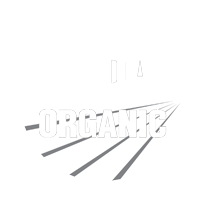Step 1
Other than colour and scent, there are a number things you can add to your homemade soap. One is honey, but there is also milk, glycerine, silk, shea butter, tomato paste, cocoa powder, fruit juice, dried herbs and flowers, finely chopped oatmeal, cornmeal, poppy seeds, finely ground coffee beans, beer and wine, berry seeds, Vitamin E capsule, seaweed, uncooked adzuki beans or almonds ground into a fine powder, and embedded objects. In cold process soap making, whisk in these additives after you've blended to an appropriate trace. For liquids, add at a light trace.
Step 2
Milk, you can really use any type of milk—cow's, goat's, cream, buttermilk, half and half, plain yogurt mixed with water, even powdered milk. Use the milk directly in place of the water your recipe calls for. Whatever milk you use, freeze it before you use it. It should be “slushy” when added to the mixture. Milk soaps have a tendency to overheat, as do honey soaps.
Step 3
As I mentioned in my previous post you can add embed objects in your soap - a small plastic toy, rope for soap-on-a-rope, or similar item into the soap mould then pour the soap batter into the mould. This works best with see-through or glycerine soaps.
Step 4
Add dried herbs or flowers, sprinkle them on top of soap just poured into the mould or stir them in with a whisk right before pouring into the mould. Most herbs will turn brown in your soap over time. Dried herbs often bleed a brown colour out into the soap surrounding it as well. Some people feel this is beautiful and a mark of the soap being handmade from natural ingredients others might not agree.
Hope these ideas are helpful.
Take care
Nina






